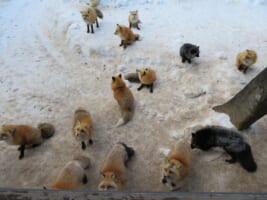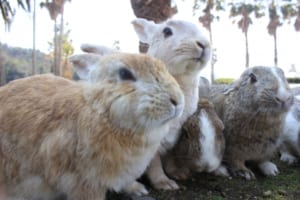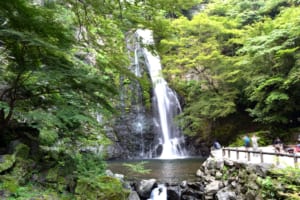Best Zoos in Japan
Top 10 Zoos in Japan
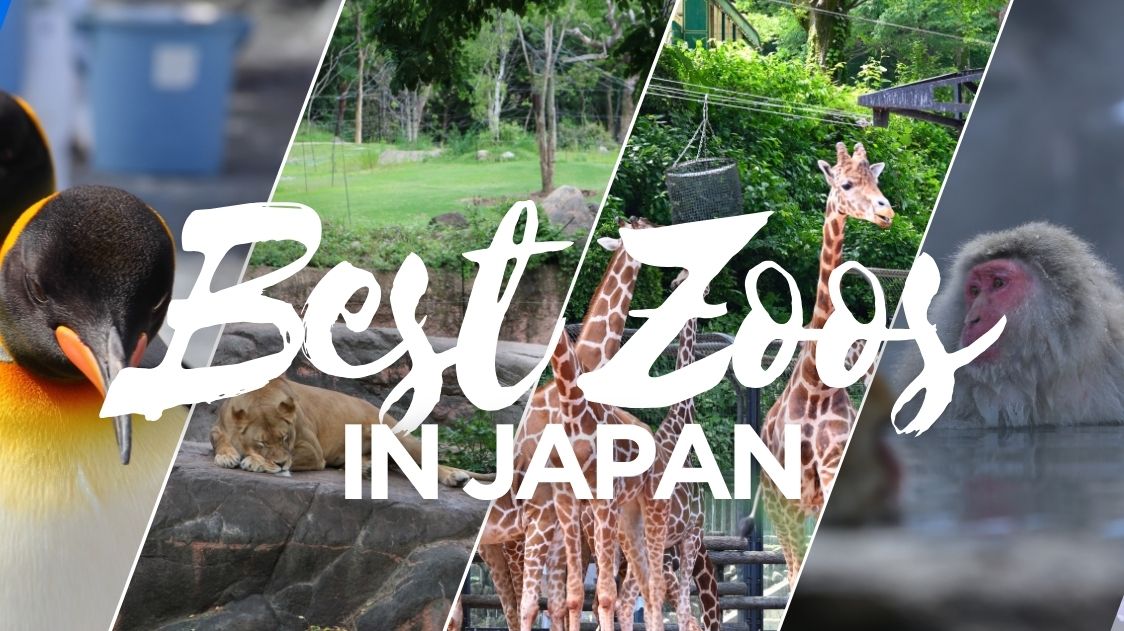
Japan’s approach to animal welfare has been gradually evolving in recent years. While the country’s standards may not yet fully align with the more stringent regulations seen in many Western nations, there is growing awareness of animal rights, and efforts have been made to improve the lives of zoo animals! Gradually, more Zoos are beginning to recognize the need for spacious habitats, proper nutrition, and enrichment activities that enhance animals’ quality of life.
This list of best Zoos in Japan highlights zoos that are making strides towards more ethical practices. These establishments are not without their challenges, but they aim to provide environments that support the well-being of their inhabitants while educating visitors about conservation and wildlife, so you can visit them knowing that you will be supporting a greater public awareness in Japan toward more humane treatment of animals within zoos.
See also: 7 Best Places to Meet Wild Animals in Japan & Live Streaming Zoos and Aquariums in Japan
1. Tama Zoological Park (Hino, Western Tokyo)
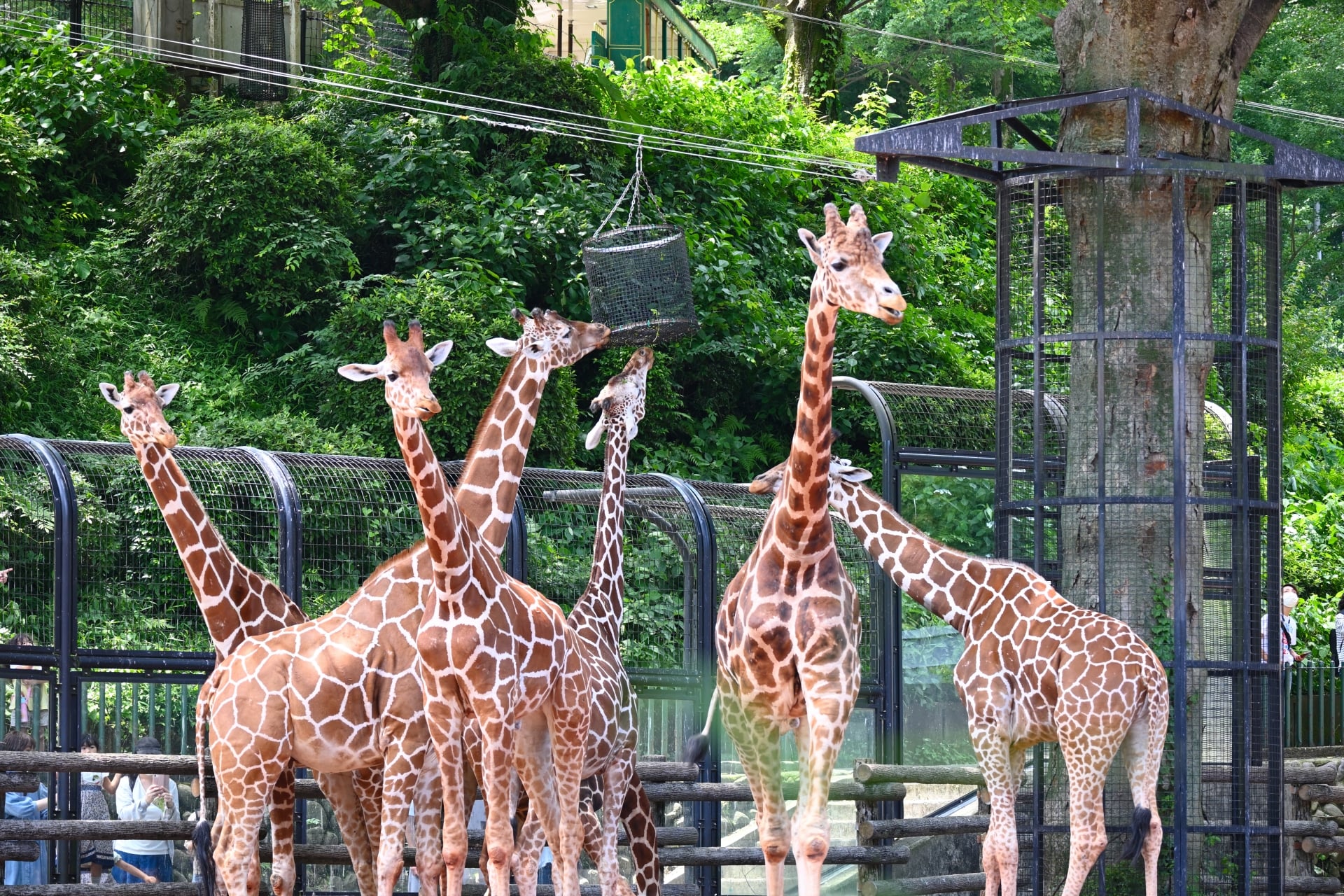
While the Australian exhibit is relatively modest, the African and Asian zones are home to an impressive array of species, including elephants, leopards, and red pandas. One of the standout features is the giant butterfly dome, which remains warm and inviting even in winter, mimicking tropical temperatures.
 Access Access |
3-min walk from Tama-Dobutsukoen Station |
|---|---|
 Official Website Official Website |
https://www.tokyo-zoo.net/zoo/tama/ |
2. Zoorasia (Yokohama, Kanagawa)

Zoorasia houses animals such as leopards, giraffes, elephants, and bears, allowing for educational and engaging experiences. In addition to the wildlife, visitors can enjoy picnic areas and playgrounds, making it a great family destination.
 Access Access |
15-min bus from Tsurugamine Station or 18-min bus from Nakayama Station |
|---|---|
 Official Website Official Website |
http://www.hama-midorinokyokai.or.jp/zoo/zoorasia/ |
3. Tennoji Zoo (Osaka)
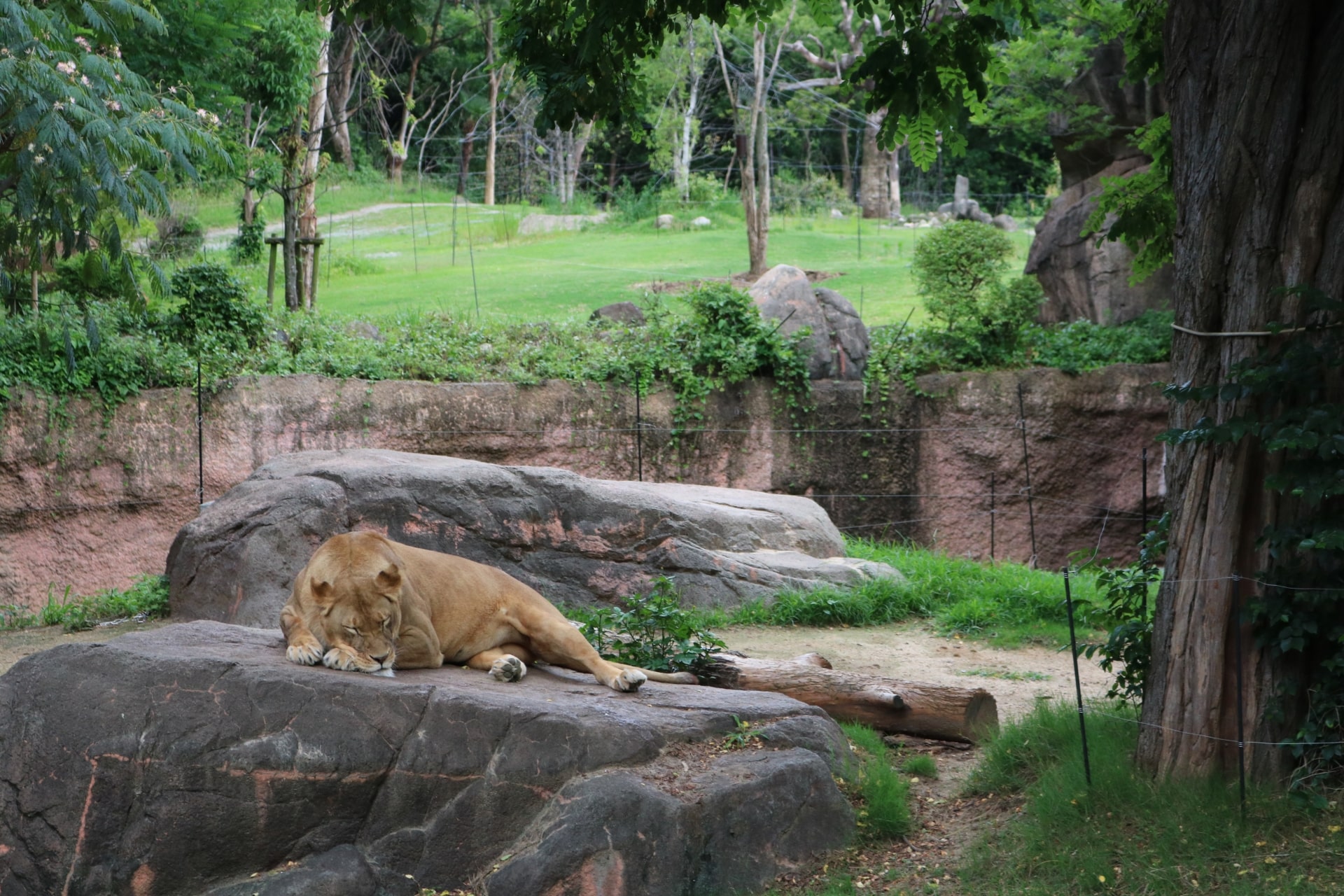
The design of the zoo aims to recreate the animals’ natural habitats as closely as possible, providing both education and entertainment for visitors. In particular, the African Savannah exhibit is a highlight, offering a large, open space for animals to roam.
More info: Tennoji Zoo: A Jewel of Wildlife and Nature in the Heart of Osaka
4. Asahiyama Zoo (Asahikawa, Hokkaido)

Another notable exhibit is the Polar Bear Pavilion, allowing guests to observe the bears from all angles, even underwater. Opened in 1967, the zoo was revitalized in the early 2000s, transforming it into one of Japan’s most popular animal attractions and earning praise for improving the environments for animals.
 Access Access |
8-min drive from Higashi-Asahikawa Station |
|---|---|
 Official Website Official Website |
http://www.city.asahikawa.hokkaido.jp/asahiyamazoo/ |
5. Jigokudani Monkey Park (Yamanouchi, Nagano)

Unlike traditional zoos, Jigokudani allows the monkeys to roam freely in their natural habitat, so you can watch them as they bathe and interact with one another, with the surrounding snowy landscape adding to the unique atmosphere. The park has become a major tourist destination, especially during the colder months when the sight of the monkeys in the hot springs draws photographers and animal lovers from around the world.
More info: Jigokudani Monkey Park: Meet Snow Monkeys
6. Nasu Animal Kingdom (Nasu, Tochigi)
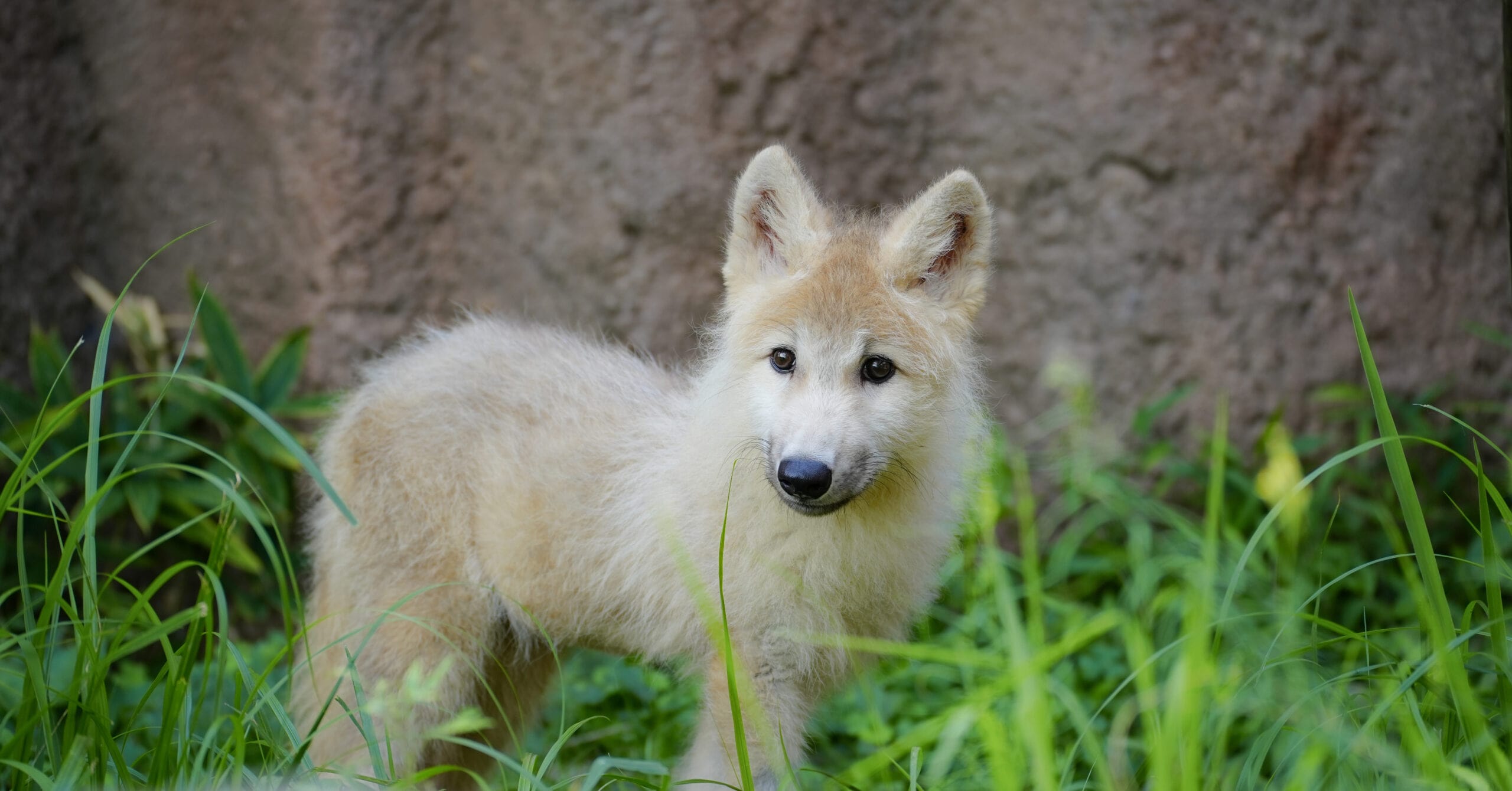
Nasu Animal Kingdom (那須どうぶつ王国), located in the picturesque Nasu region of Tochigi Prefecture, offers a mix of zoo and farm experiences, where children can enjoy hands-on experiences like petting animals and feeding them, so it’s a popular destination for families. The park is divided into two main sections: “Town,” an indoor facility, and “Farm,” an expansive outdoor area.
Town is home to a variety of animals, including giant tortoises that freely roam the area. Farm has large open spaces where visitors can observe and interact with farm animals like sheep, cows, and horses, as well as more exotic creatures such as camels, red pandas, and kangaroos. Nasu Animal Kingdom also offers accessible transportation between areas for those with mobility needs, as well as stroller and wheelchair rentals.
 Access Access |
24-min drive from Shin-Shirakawa Station |
|---|---|
 Official Website Official Website |
https://www.nasu-oukoku.com/ |
7. Fuji Safari Park (Susono, Shizuoka)
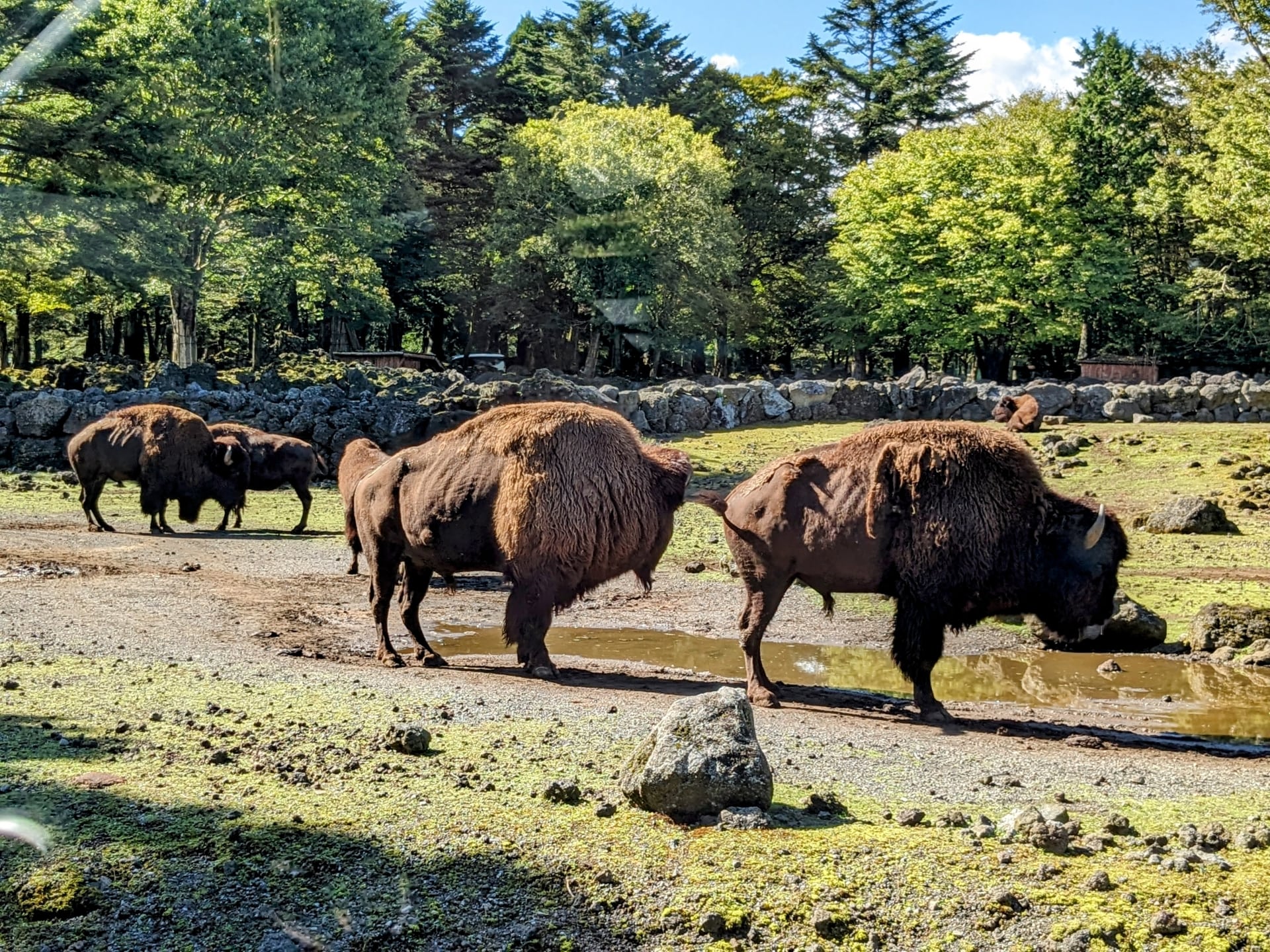
The park’s safari section creates an immersive atmosphere as animals can approach vehicles, making for unforgettable interactions. For a more hands-on experience, visitors can opt for the Super Jungle Bus, which allows them to feed the animals through the protective mesh. In addition to the safari area, there is a smaller petting zoo where kids can safely interact with animals like rabbits and guinea pigs.
8. Nagasaki Bio Park (Saikai, Nagasaki)
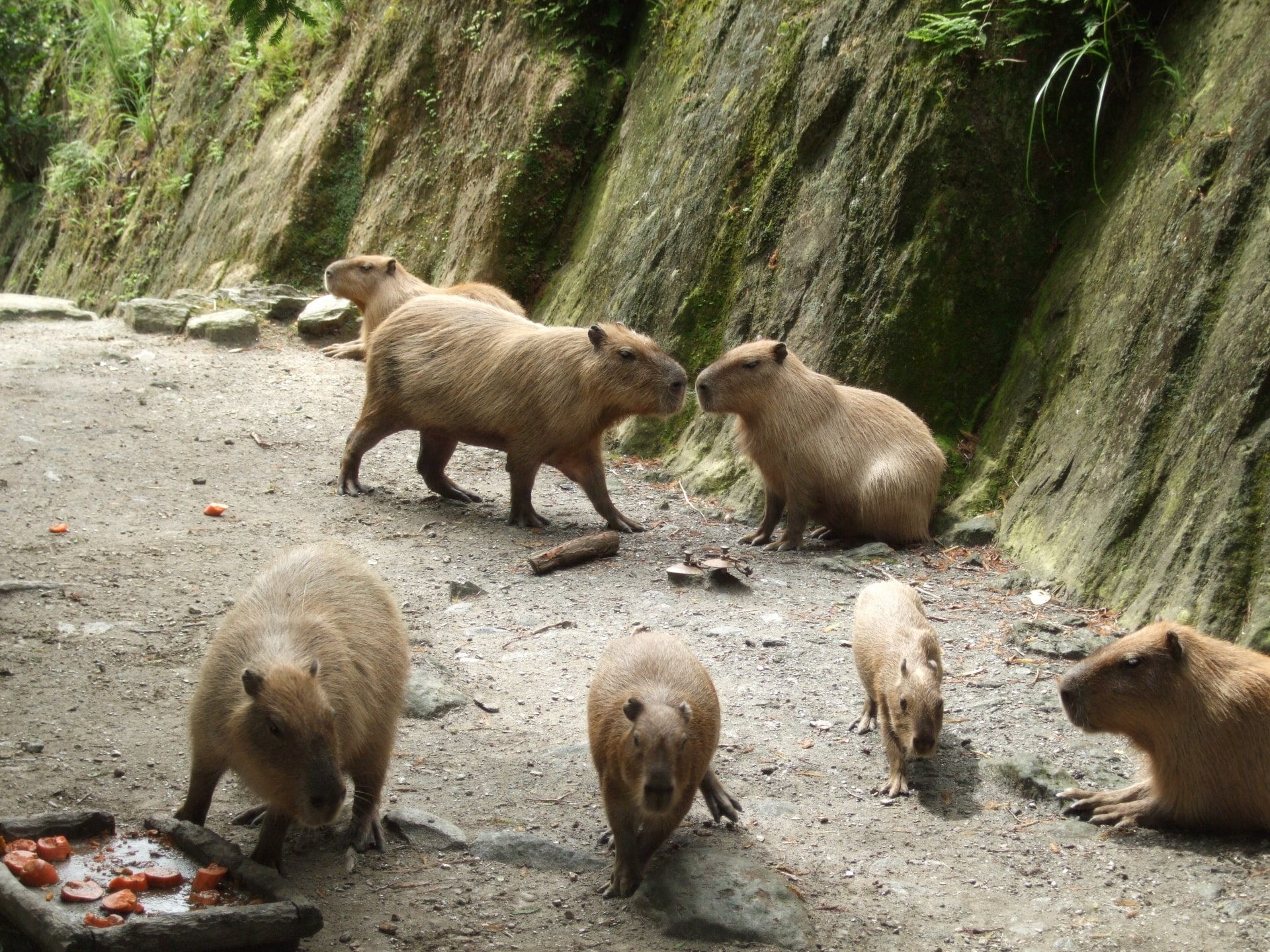
One of the park’s standout features is its capybara area, where visitors can feed and observe these gentle creatures in their relaxing baths. Remember to bring plenty of 100 yen coins to purchase food for the animals! Visitors can also take advantage of a free shuttle between this park and Huis Ten Bosch for a fun and engaging day out.
 Access Access |
1h15min bus or 50-min drive from Nagasaki Station / 30-min shuttle from Huis Ten Bosch |
|---|---|
 Official Website Official Website |
http://www.biopark.co.jp/ |
9. Noichi Zoological Park (Konan, Kochi)

Noichi Zoological Park (高知県立のいち動物公園) in Kochi Prefecture is well-regarded for its spacious enclosures and naturalistic environments, particularly for species like otters, red pandas, and chimpanzees. The zoo is divided into themed zones that attempt to replicate natural habitats, encouraging the animals to express natural behaviors. It also has several educational programs, such as interactive exhibits and animal talks.
Opened in 1991, Noichi Zoo focuses on local conservation efforts and runs breeding programs for endangered species. Although it’s primarily an educational attraction, the park tries to keep a balance between entertainment and animal welfare. The well-maintained paths and child-friendly areas make it a popular family destination.
10. Toyama Family Park (Furuzawa, Toyama)
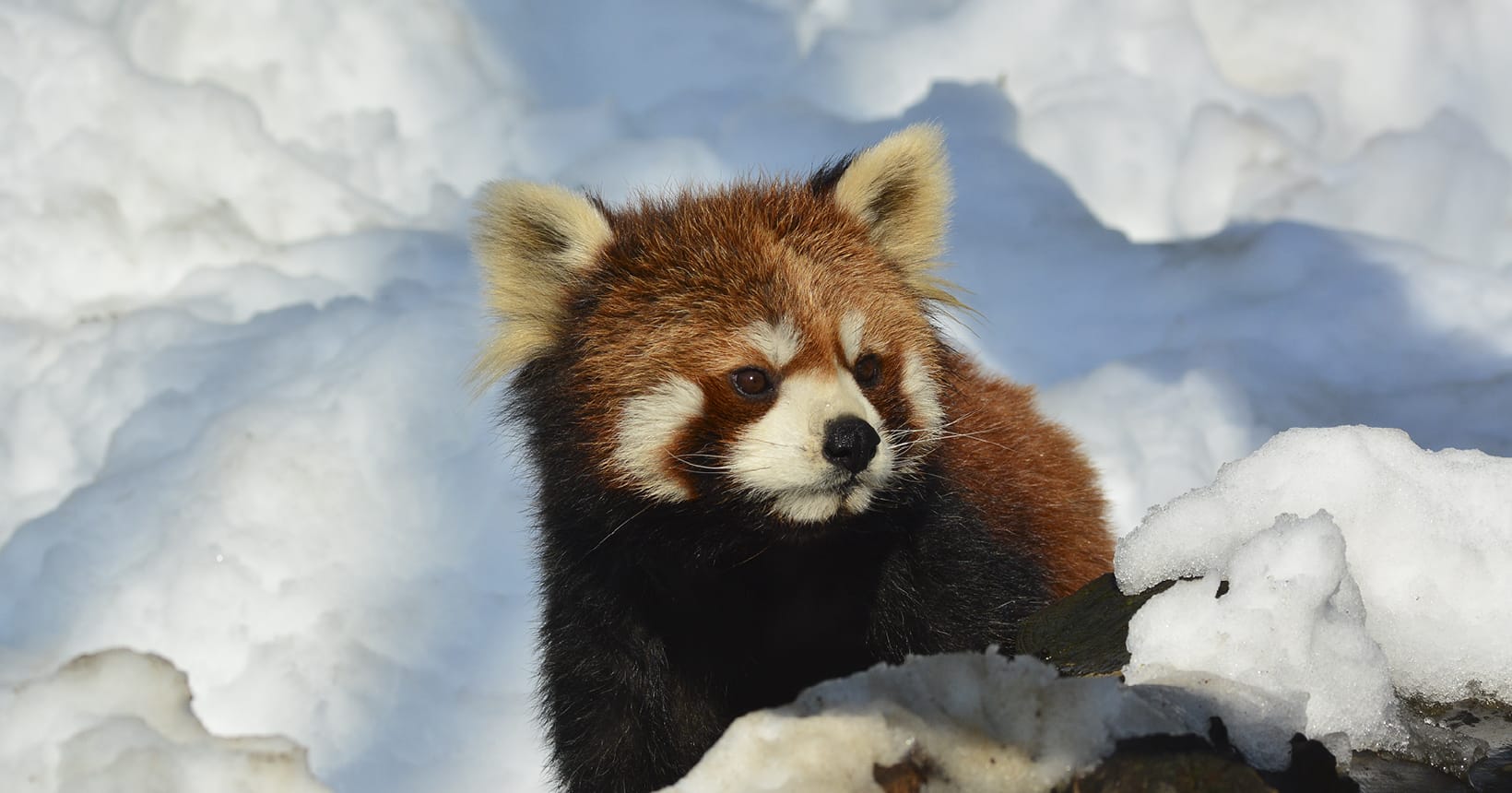
Toyama Family Park (富山市ファミリーパーク), recognized in 2018 by the Ministry of the Environment as Japan’s first certified zoo for rare species conservation, emphasizes preserving native Japanese wildlife. The park is home to over 100 species, including Japanese macaques, red squirrels, and wild boars. It offers interactive activities such as petting zoos and feeding sessions, which make it a popular destination for families.
Opened in 1984, overall the park features larger and open spaces for animals compared to other traditional zoos, Although there are some concerns about the size of enclosures, particularly for larger animals like giraffes. But it still deserves a spot on this list due to its rare species conservation efforts, and educational programs that promote wildlife conservation and environmental awareness.
 Access Access |
8-min drive from Fuchu-Usaka Station |
|---|---|
 Official Website Official Website |
http://www.toyama-familypark.jp/ |
▽Subscribe to our free news magazine!▽
For more information about attractions and traveling in Japan, check these articles below, too!
▽Related Articles▽
▼Editor’s Picks▼
Written by
Photographer, journalist, and avid urban cyclist, making sense of Japan since 2017. I was born in Caracas and lived for 14 years in Barcelona before moving to Tokyo. Currently working towards my goal of visiting every prefecture in Japan, I hope to share with readers the everlasting joy of discovery and the neverending urge to keep exploring.








